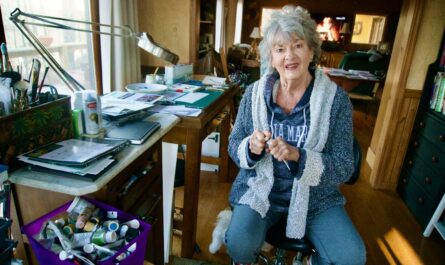
The Alcan 5000 is a peculiar sort of motorized competition undertaken in the dead of winter from Washington State to Anchorage, Alaska with stops through Canada’s northern territories and the Arctic Circle. If it’s not as familiar as the Iditarod, the classic Alaskan sled dog race, that’s because the Alcan 5000 does not measure speed even though it also crosses immense distances over some of the planet’s most rugged territory.
Rather, the Alcan 5000, which launched in 1984, tests two elements of any long drive. The first is anticipated — the durability of vehicles on ice, snow, and backcountry roads in Arctic cold. The second is unexpected — the emotional endurance of the two-person driver/navigator teams. The Alcan 5000 is what’s known in motorsports as a “rally.” And rallies operate according to details, the thousands of specific directions — where to turn, when to turn, what speed to maintain before and after turning — that are contained in a thick manual distributed by the competition organizers.
The course is generally unknown to contestants until the start of the rally. Success is determined by how well the team navigates time, speed, and distance. That means that driver and navigator must be in synch with changes in direction and how precisely they keep to required schedules directed by the day, hour, minute, and second.
A great navigator is often more important than the driver — proceed at 29 mile per hour for .77 miles. Accelerate to 34 mph for 3.3 miles. Turn left. Slow down to 22 mph for 2.2 miles.
You get the point. A ready supply of human patience is as vital as vehicle fuel.
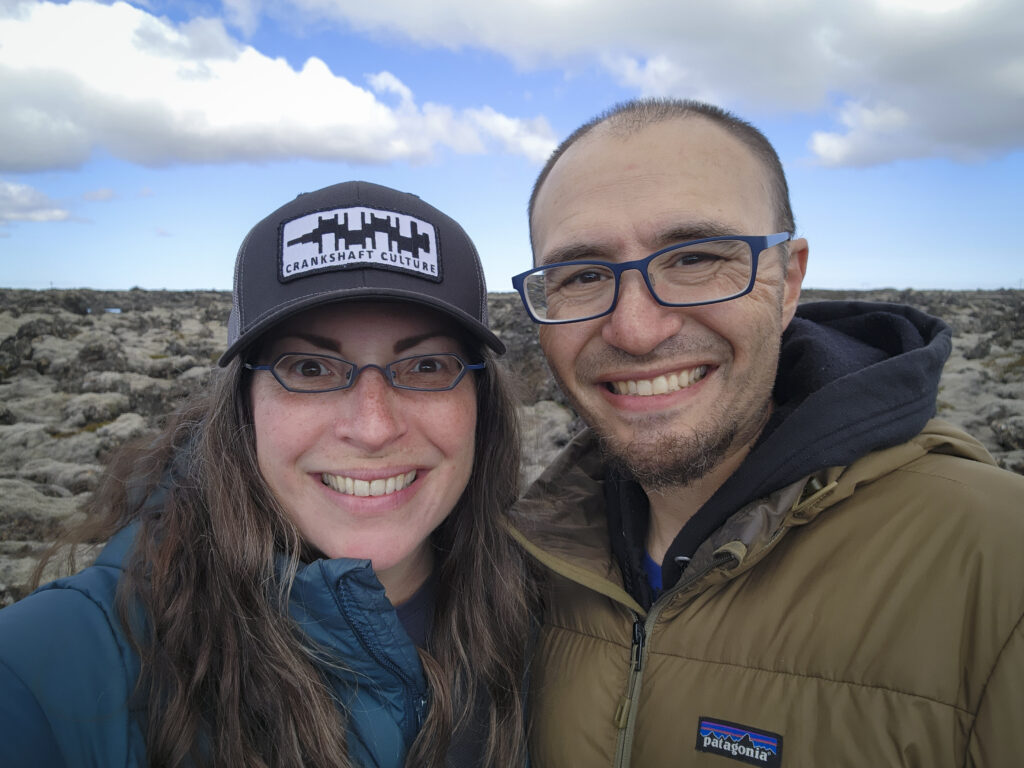
Start The Rally
On February 19 Mercedes and Andy Lilienthal, accomplished automotive journalists, proven rally teammates, and a married couple about to celebrate their 20th anniversary, will be in Kirkland, Washington to compete in their second winter Alcan 5000, and their third overall. The rally competes every two years alternating winter and summer.
For married competitors especially, the Alcan 5000 demands the indispensable feature of long trips : composure. Each morning as they buckle up to compete, the Lilienthals complete a little ritual. They lock pinkies and vow to stay calm.
“Rallies are precision-based,” said Mercedes in an interview. “So you have a route book that tells you exactly what speed, exactly what directions you need to turn out. There’s a lot of math, there’s a lot of moving parts. You have to be perfectly on time. And you can’t get lost. So there’s a lot of tension. Especially the Alcan 5000 rally. It’s 10 days over 5000 miles in the winter. It’s the most extreme. It’s the most challenging. Weather-wise. Terrain-wise. You know, darkness-wise.”
“I met a couple people that had done this rally,” added Andy. “A dear friend of ours said, ‘Oh, you don’t want to do it with your spouse! Yelling and screaming at each other. It can be bad for relationships.'”
The Alcan rally, though, proved the strength of the Lilienthal’s marriage. It’s not hard to guess who navigates. It’s a marriage. The rally also elevated their stature in the specialized world of long-distance motor vehicle competition and the vehicles and people who reside there.
They’d had some time to grow familiar with rallying, competing in smaller competitions starting in 2018. Mercedes competed and reported on the Rebelle Rally, an all-female 10-day, 1,500-mile competition in the California and Nevada desert. She participated in the competition as a driver and journalist four times, three of them partnering with different auto manufacturers. In 2019 Mercedes had an article on the rally published in The New York Times.
Big Move in 2020
By 2020, the Lilienthals were well-prepared for the winter Alcan 5000. They paid their own $3,200 entrance fee. Andy knows how to turn a wrench and spent six months customizing a 1991 Japanese domestic market, right-hand-drive, 4X4, diesel Mitsubishi Pajero they purchased for $4,600. He did a fine job and the sturdy vehicle kept running through cold that plummeted to more than 40 degrees below zero, and safely navigated thousands of miles of ice-covered roads.
“For us, rallying marries so many things we love,” said Mercedes. “We love traveling together even though there may be challenges along the way. We love seeing new countrysides and meeting new people. We love vehicles and traveling with vehicles and testing new vehicles. We love the challenge of it. So there’s at least five huge things right there that we can marry with one one activity.”
“We both kind of got bit hard by Alcan 5000,” said Andy. “It just was amazing. We love the camaraderie. The competition is great, too. It combines, like she said, so many things that we like doing.”
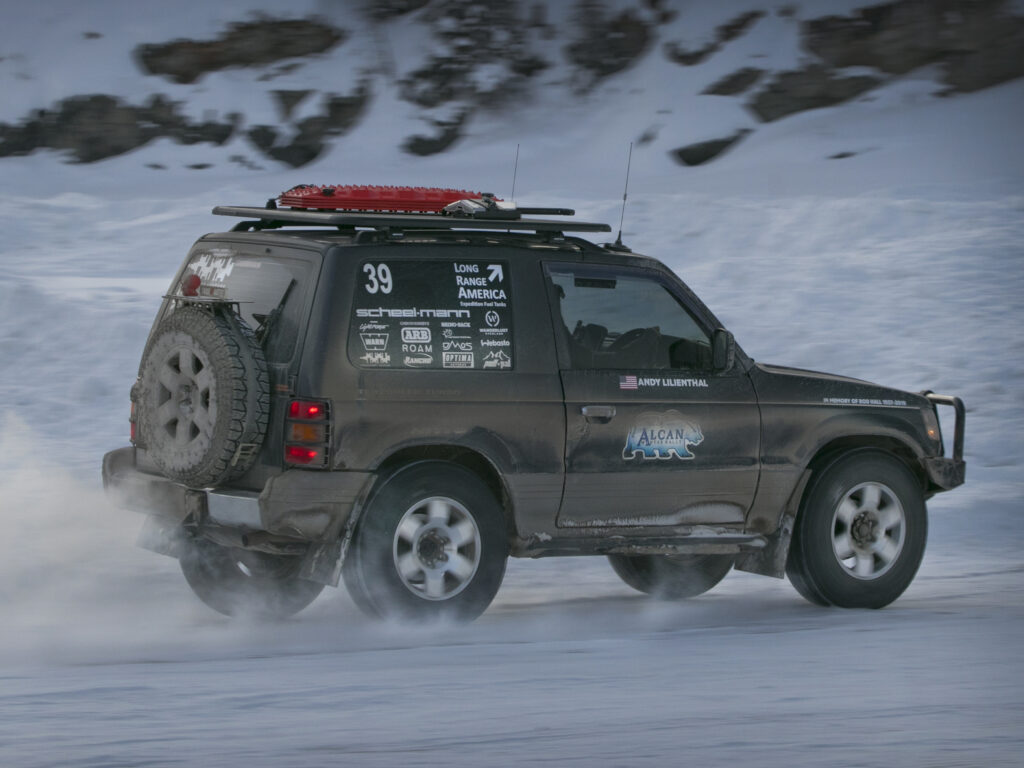
Just as they thought, the Alcan rally also proved to be a decided career boost. Mercedes was so taken by the experience that she documented its virtues in articles for online auto news desks big and small, becoming the rally’s most prolific chronicler. Andy, meanwhile, was making his own career move as an automotive journalist and strategic communications specialist, and contributing to the couple’s Crankshaft Consulting business and Crankshaft Culture web site.
By 2022, when the Lilienthals prepared for their first summer Alcan 5000, they’d recruited Subaru of America to be their sponsor and they drove the company’s 2022 Outback Wilderness. The partnership confirmed that the Lilienthals had become one of the “it” couples of the rally and adventuring vehicle realm.
And why not. They’d built a recognized brand and life of extreme adventure and couples commitment that was flourishing with their expertise, marketing, and dissemination skills. They appeared together on dozens of podcasts, YouTube channels, and radio programs devoted to sporting vehicles and off-road competitions.
This year they are partnering with INEOS Automotive and driving the INEOS Grenadier, a workhorse 4×4 off road vehicle manufactured in France. Mercedes announced the sponsorship in an article for OVR Magazine, an important outdoor vehicle and recreation publication in overland and off-road reporting.
I’d never heard of the Alcan 5000 or the concept of rallies until I encountered Mercedes months after she finished the rally in 2020. She was writing outstanding pieces about the many dimensions of long road trips and the people who made them for the “Wheels” column at The New York Times. On December 24, 2020 the Times published an article in the business section, the kind of sharply-told tale of unlikely events that makes the Times the Times. It described how two young couples had converted small vehicles made by Ford and Mitsubishi to tour the nation and the world — for years.
One couple visited 49 states, three countries, and covered 524,000 miles in a Ford Festiva they named Peace Love Car. The other couple lived on the road to cross 60 countries in a 1991 Mitsubishi Delica Star Wagon. “Their vehicle has a nickname, too: La Cucaracha, and it was home to the couple for 16 years,” she wrote. “It was even the guest of honor in their Las Vegas wedding — they said their vows in a drive-through ceremony in 2011.”
A Times Writer
Mercedes Lilienthal was the name on the byline. Immediately after reading the piece I searched for her online, found what looked like a solid email, and sent Mercedes a message of congratulation. I also offered her any assistance she might need in penetrating the various desks at the Times, which can be impenetrable. For the uninitiated, pitching stories to Times editors can feel like throwing paper airplanes in a strong wind.
Mercedes didn’t need much help. In three years she published 16 articles in the Times about all things motorized transportation. Her articles displayed the breadth of her expertise and skills. Almost every one of them was a tour de force of exceptional storytelling, detail, language and guidance into corners of the automotive realm that gearheads frequented but about which most Times readers knew nothing. A few of the pieces, including one in 2022 about a Zimbabwean immigrant motocross racer mentored by an Italian champion, were the best articles published in the paper on those days.
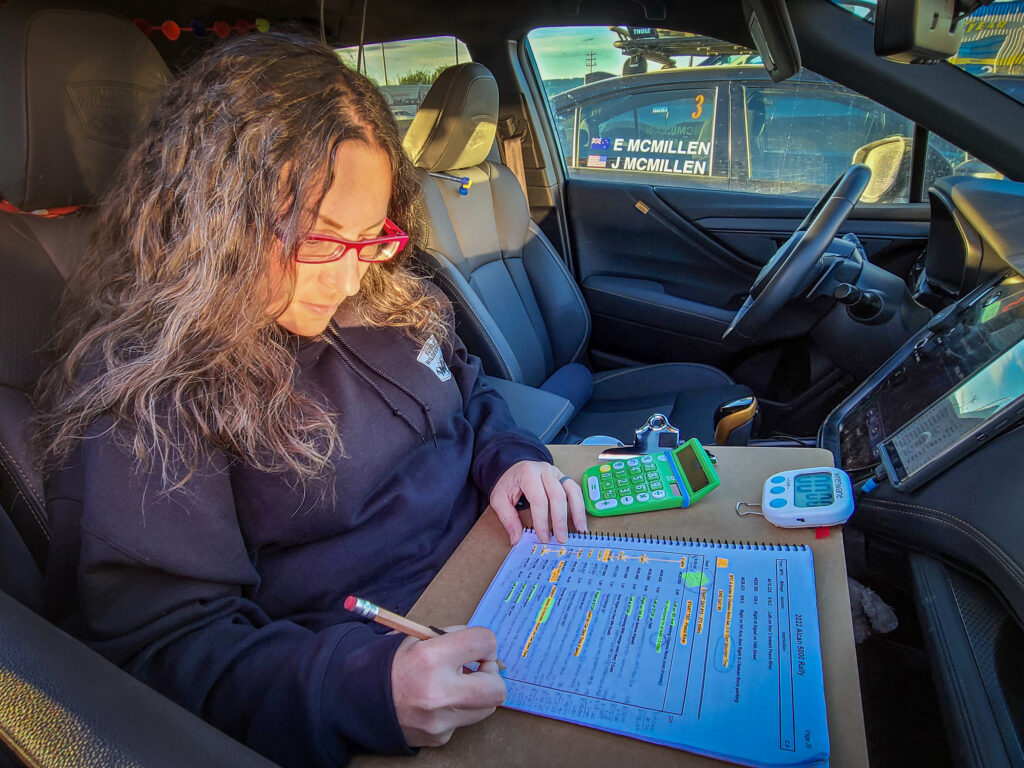
Freelance writing, never an assured path to professional prominence or financial security, is more twisted than ever in the 21st century. In the spring of 2022 the editor of “Wheels” was transferred to the Times’ political desk. The paper shut the column down and closed Mercedes’ access to the Times’ international readership.
A blow, for sure. But not nearly powerful enough to deter a Gen X woman pursuing with her husband a life and career in automotive journalism, industry information, and adventuring that is certainly unique and distinctive. Raised in north central Wisconsin, her parents were German immigrants who built a successful business in welding and blacksmithing. For reasons she can’t adequately explain, she fell in love with cars and played with Hot Wheels miniature cars as a preschooler. Her father died when she was an underclasswoman at the University of Wisconsin-Stout, which delayed until 2000 her graduation with a degree in design.
Andy also graduated from the University of Wisconsin-Stout, with a major in psychology and minors in history and journalism. The two didn’t know each other in college. Turns out he’s a car guy, too, and also played with Hot Wheels as a kid growing up in Woodbury, Minnesota. The younger of two children, Andy’s father was a semiconductor salesman who shared his passion for car shows and races.
Mercedes met Andy while seeking a ride from Minneapolis to Chicago for an auto show in 2000 called Hot Import Nights. He was heading to the same event. The first time the two talked, it was initially just to arrange a meeting place and time for the ride. The conversation, though, lasted half an hour after they discovered their mutual allegiance to cars. He talked about his 1999 Nissan Sentra SE Limited with the SR20DE engine. She knew the car and was excited to see it.
The weekend clearly went well. After Mercedes accepted a job as an interior designer in Milwaukee, Andy joined her in the coastal Lake Michigan city where he also began his career, editing for a model car magazine. They married in 2004.
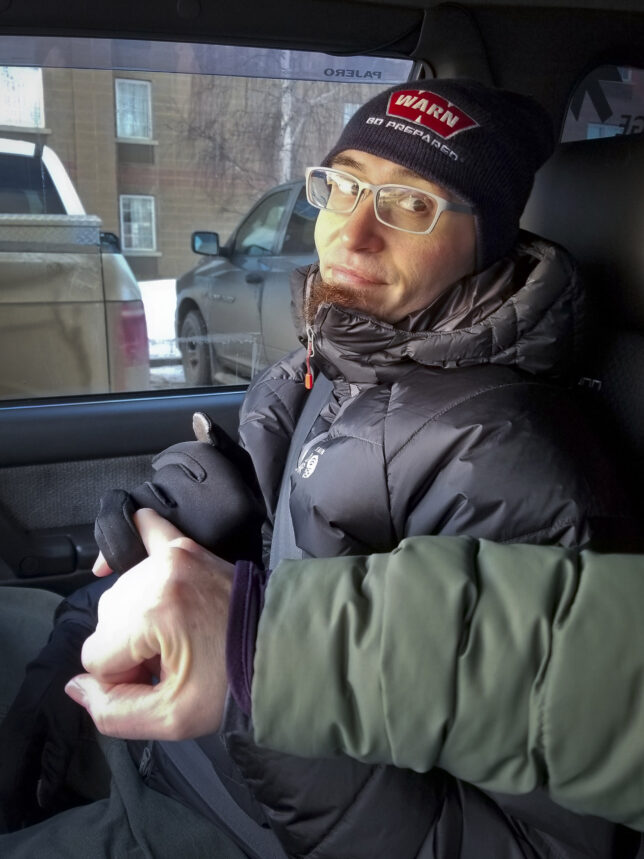
and in love at day’s end. (Photo/Mercedes Lilienthal)
A Distinctive Life and Career
The transition to adventuring, and automotive information and journalism, unfolded slowly over the next 14 years. The couple moved to Portland, Oregon in 2006, a city and region that Andy knew well because his father settled there following his parents’ divorce. Andy positioned himself as an online marketing, public relations, and social media master, principally working for Warn Industries, an Oregon-based manufacturer of after-market equipment and accessories for trucks and off-road vehicles.
Mercedes pursued opportunities in interior design even as she developed uncanny expertise in the design, manufacturing, parts, accessories, and operation of cars, trucks, and motorcycles. As a journalist with the gift of unsettled curiosity, she also developed relationships with leading figures in her field, particularly female designers and drivers. Her articles in the Times allowed Mercedes to add flourishes of character and place that weren’t available to her at Car and Driver, Motor Trend, Forbes and the other leading automotive news platforms to which she contributed.
The Lilienthals are now at a rare place for loving couples — the convergence of personal interest and professional pursuit to form a singular and unified career.
The Lilienthals compete together. They write and consult. They manage two web sites. They appear together in media appearances. They answer questions together in interviews. She’s 48. He’s 44. They’re in the heart of their lives.
I asked them where are they taking this fascinating union? Neither had a ready answer. Not even the navigator.
I did, though. It’s an adventure.
— Keith Schneider

